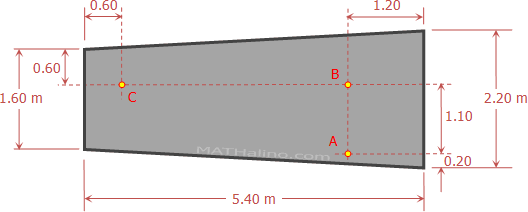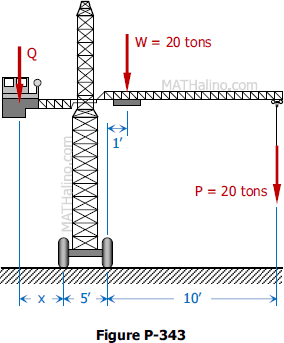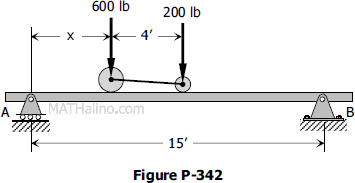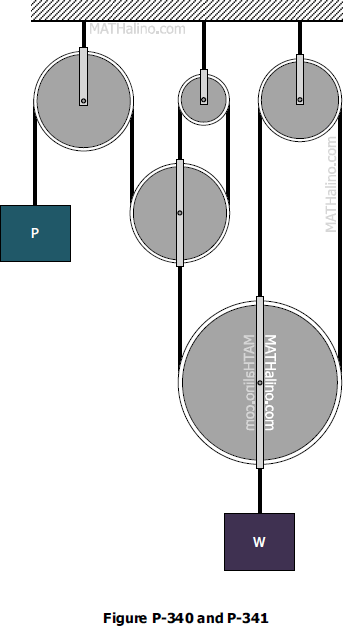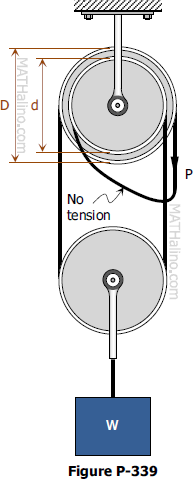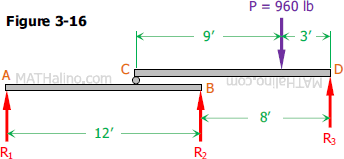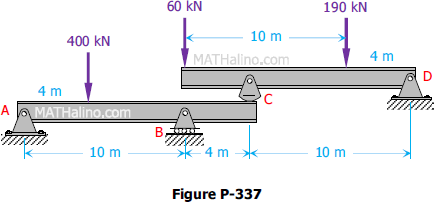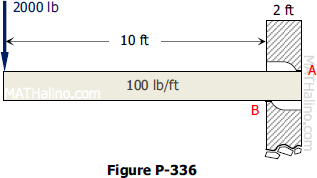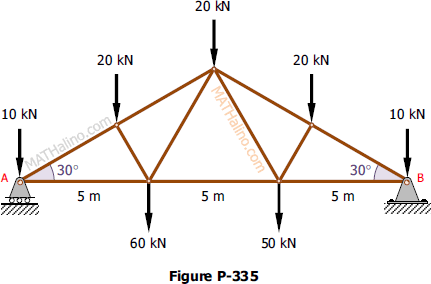Support Reactions of a Trapezoidal Slab with Three Points of Support
Situation
A reinforced concrete slab in the shape of an isosceles trapezoid weighs 3600 N/m2. It is supported on the three points as shown in the figure.
- Find the reaction at A.
A. 16,848 N
B. 6,716 N
C. 13,372 N
D. 2,010 N - Find the reaction at B.
A. 16,848 N
B. 6,716 N
C. 13,372 N
D. 2,010 N - Find the reaction at C.
A. 16,848 N
B. 6,716 N
C. 13,372 N
D. 2,010 N

